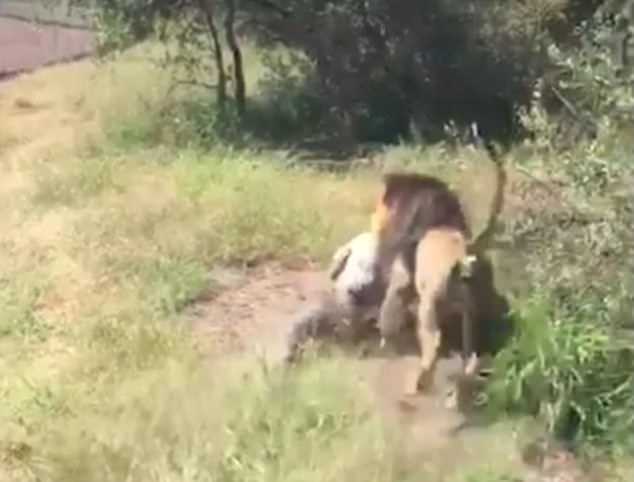

On, President Festus Mogae of Botswana and President Thabo Mbeki of South Africa formally launched Southern Africa's first peace park, the Kgalagadi Transfrontier Park.
#Park predators free
This allowed for the free movement of animals. The boundary between the two parks had no physical barriers, although it is also the international border between the two countries. On 7 April 1999, Botswana and South Africa signed a historic bilateral agreement whereby both countries undertook to manage their adjacent national parks, the Gemsbok National Park in Botswana and the Kalahari Gemsbok National Park in South Africa as a single ecological unit. The parties agreed to cooperate in tourism and share equally in park entrance fees. A management plan was drafted, reviewed, and approved in 1997. In June 1992 representatives from the South African National Parks Board (now SANParks) and the Department of Wildlife and National Parks of Botswana set up a joint management committee to manage the area as a single ecological unit. In 1948 an informal verbal agreement was made between the then Bechuanaland Protectorate and the Union of South Africa to set up a conservation area in the contiguous areas of the two lands. The Kalahari Gemsbok National Park in South Africa was established on 31 July 1931 mainly to protect the migrating game, especially the gemsbok, from poaching. Visitors ĭuring the year 1 April 2017 to 31 March 2018, the park received a total of 52,463 visitors up from 48,221 in the previous year.

The wilderness camps provide little more than shelter and wash water visitors must supply their own food, drinking water and firewood. There are also six wilderness camps in the park. These are fully serviced lodges and include amenities such as air conditioning, shops and swimming pools. Within the park there are three traditional tourist lodges, called "rest camps". Ĭlimate data for Kgalagadi Transfrontier Park (Twee Rivieren)

Precipitation is sparse in this desert area. Extreme temperatures of −11 ☌ (12 ☏) and up to 45 ☌ (113 ☏) have been recorded. Winter nights can be quite cold with temperatures below freezing. January is midsummer in southern Africa and the daytime temperatures are often in excess of 40 ☌ (104 ☏). The weather in the Kalahari can reach extremes. Since 2005, the protected area is considered a Lion Conservation Unit and a lion stronghold in Southern Africa. More than 200 species of bird can be found in the park, including vultures and raptors such as eagles, buzzards, and secretary birds. Migratory herds of large herbivores such as blue wildebeest, springbok, eland, and red hartebeest also live and move seasonally within the park, providing sustenance for the predators. It is home to large mammalian predators such as lions, cheetahs, African leopards, and hyenas. The rivers may flow briefly after large thunderstorms. However, water flows underground and provides life for grass and Vachellia erioloba trees growing in the river beds. The rivers are said to flow only about once per century. The terrain consists of red sand dunes, sparse vegetation, occasional trees, and the dry riverbeds of the Nossob and Auob Rivers. The park is located largely within the southern Kalahari Desert. 7 Cultural preservation and establishment of !Xaus Lodge.

The Botswana government later refuted these reports. In December 2015, media reports claimed that rights for gas-fracking in more than half of the Botswana portion of the park had been sold. Approximately three-quarters of the park lies in Botswana and one-quarter in South Africa. The total area of the park is 38,000 square kilometres (15,000 sq mi).


 0 kommentar(er)
0 kommentar(er)
